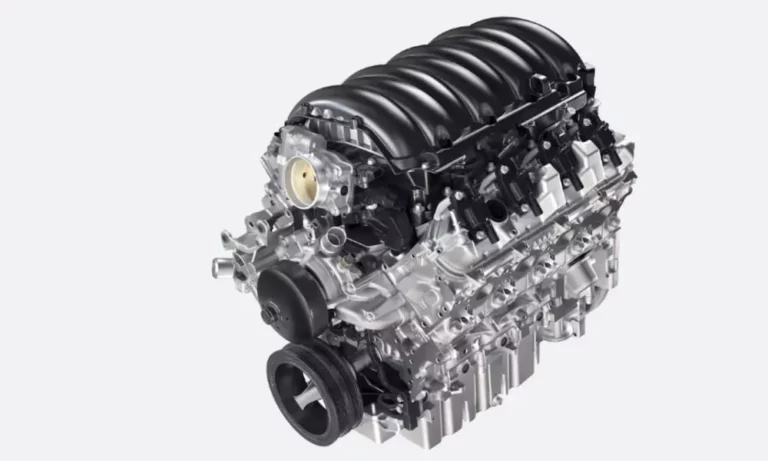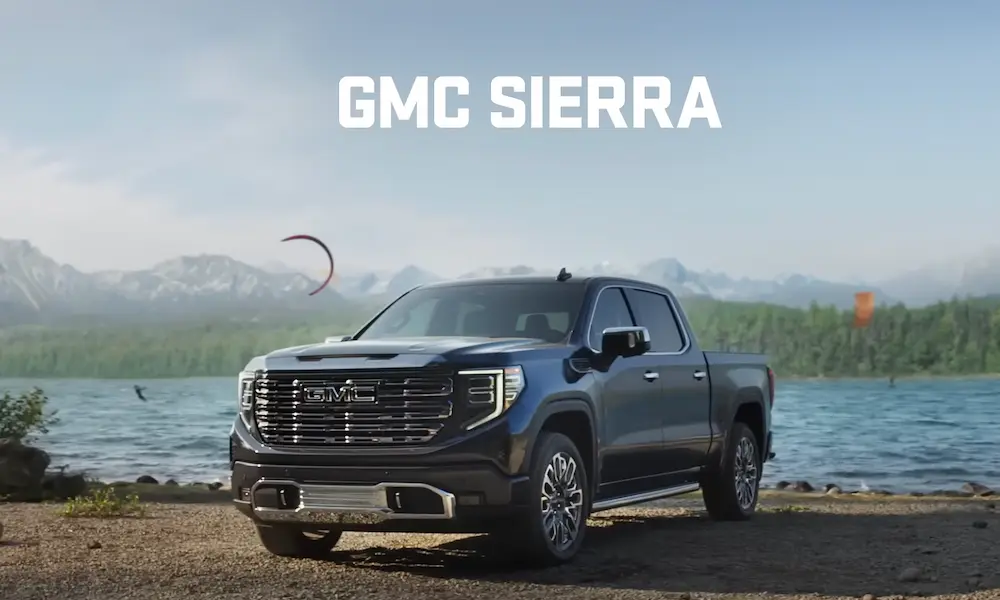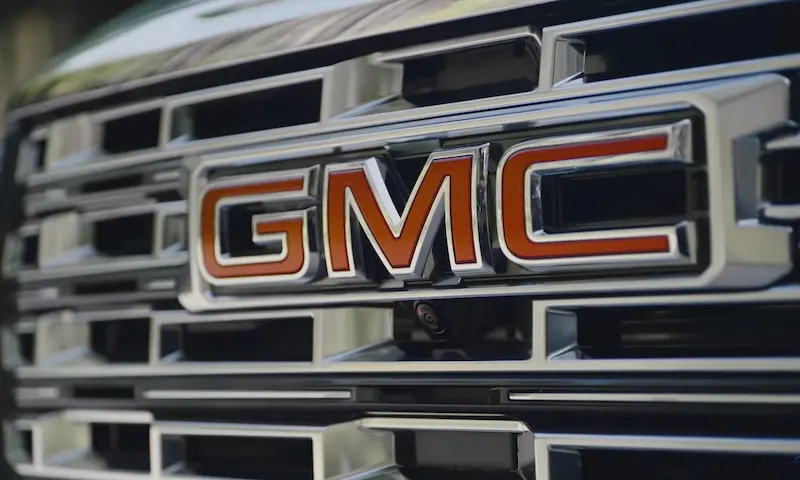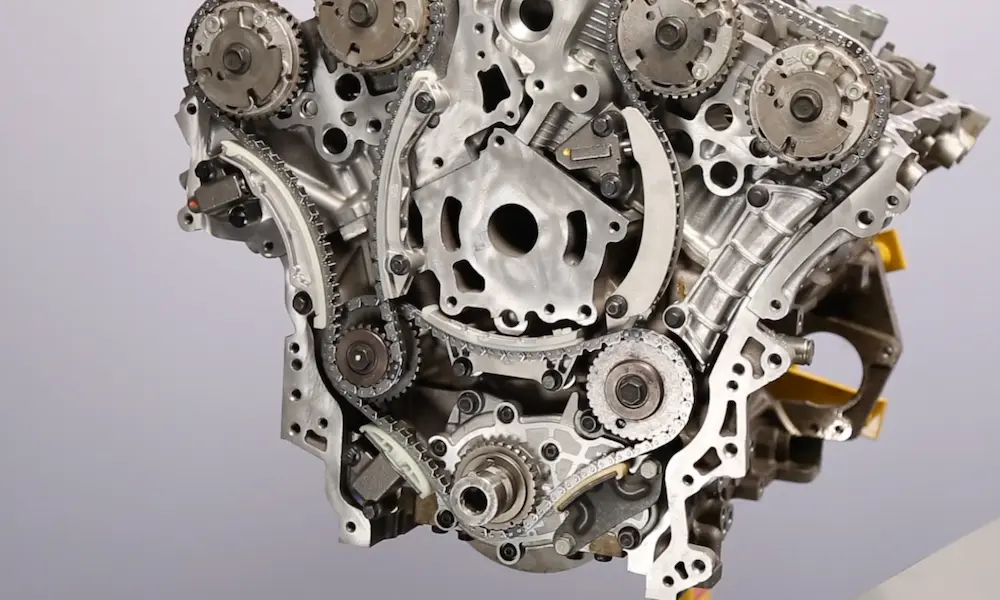You’re looking at one of the most reliable engines to ever power America’s favorite trucks and SUVs. The 5.3 Vortec has earned its reputation as GM’s dependable workhorse through decades of service across multiple vehicle platforms. If you’re considering a vehicle with this powerplant or just curious about what makes it tick, you’ve come to the right place.
What Is the 5.3 Vortec Engine?
The 5.3 Vortec (also called Vortec 5300) is a 90-degree V8 engine developed by General Motors as part of their LS-based small-block engine family. With a displacement of 5.3 liters (325 cubic inches), this powerplant has been the heart of GM trucks and SUVs since the late 1990s.
What makes these engines special is their perfect blend of power, reliability, and efficiency. Whether you’re towing a trailer or just cruising down the highway, the 5.3 Vortec delivers consistent performance while sipping fuel compared to larger V8 options.
Core 5.3 Vortec Engine Specifications
Let’s break down the fundamental specs that define this engine:
| Specification | Measurement |
|---|---|
| Displacement | 5.3 Liters (325 cubic inches) |
| Configuration | 90° V8 |
| Bore | 96mm (3.78″) |
| Stroke | 92mm (3.62″) |
| Valvetrain | OHV, 16 valves (2 per cylinder) |
| Firing Order | 1-8-7-2-6-5-4-3 |
| Aspiration | Naturally Aspirated |
| Fuel System | Electronic Fuel Injection |
The 5.3 Vortec uses an overhead valve (OHV) design with pushrods, maintaining GM’s traditional small-block architecture while incorporating modern technologies. This approach gives you the best of both worlds: old-school simplicity with new-school performance.
Engine Materials and Construction
The materials used in the 5.3 Vortec have evolved over time, with later generations focused on reducing weight while maintaining durability:
- Block Material: Early versions used cast iron blocks, while later generations offered aluminum blocks for weight savings
- Cylinder Heads: All versions feature aluminum heads for better heat dissipation
- Crankshaft: Made from nodular cast iron for strength and durability
- Connecting Rods: Forged from powdered metal for a balance of strength and weight
- Intake Manifold: Composite materials in newer generations reduce weight and heat absorption
The shift from iron to aluminum blocks in many variants helped reduce overall vehicle weight, improving both performance and fuel economy without sacrificing the engine’s legendary reliability.
5.3 Vortec Engine Evolution: The Three Generations
The 5.3 Vortec has evolved significantly over its lifespan, with three distinct generations offering progressive improvements.
Generation III (1999-2007)
The original 5.3 Vortec established the foundation with several variants:
- LM7: The base model with iron block (270-295 hp, 315-335 lb-ft)
- L59: A flex-fuel version that could run on E85 ethanol
- LM4: Featured an aluminum block for reduced weight in specific applications
These early engines delivered solid performance while establishing the 5.3’s reputation for reliability. They featured sequential fuel injection, a distributorless ignition system, and improved cooling compared to previous GM V8s.
Generation IV (2007-2014)
The second-generation engines brought significant technological improvements:
- LY5: Iron block replacement for the LM7 (315-320 hp, 335-340 lb-ft)
- LC9: Aluminum block flex-fuel version for 4WD applications
- LH6: Aluminum block with Active Fuel Management
- LMG: Featured cylinder deactivation technology
- LMF: Used in vans and trucks without Active Fuel Management
The key advancements in Gen IV engines included:
- Variable Valve Timing on some models
- Active Fuel Management (cylinder deactivation)
- E85 flex-fuel capability across more variants
- Higher compression ratios for improved efficiency
These improvements helped the 5.3 Vortec stay competitive as fuel economy standards tightened while still providing the power truck owners demanded.
Generation V (EcoTec3, 2014-Present)
The latest generation, branded as EcoTec3, represents the most sophisticated 5.3 Vortec engines:
- L83: The base EcoTec3 5.3L
- L84: The most advanced variant with 355 hp and 383 lb-ft of torque
These modern 5.3L engines incorporate three game-changing technologies:
- Direct Injection for more precise fuel delivery
- Variable Valve Timing for optimized performance across all RPMs
- Dynamic Fuel Management (replacing the older Active Fuel Management)
With an 11.0:1 compression ratio, the L84 produces more power and torque while achieving better fuel economy than earlier generations. It’s truly the culmination of everything GM learned from decades of V8 development.
5.3 Vortec Performance By Generation
The power output of the 5.3 Vortec has steadily increased throughout its production run:
| Generation | Horsepower Range | Torque Range | Max RPM |
|---|---|---|---|
| Gen III | 270-310 hp | 315-335 lb-ft | 5600 |
| Gen IV | 300-325 hp | 320-350 lb-ft | 5800 |
| Gen V | 355 hp | 383 lb-ft | 6000 |
In stock form, the 5.3 Vortec typically delivers between 310 to 326 horsepower depending on the specific variant and fuel type. This progressive increase in output demonstrates GM’s ongoing refinement of the platform while maintaining its core reliability.
Advanced Technologies in the 5.3 Vortec
The 5.3 Vortec has incorporated several innovative technologies throughout its evolution:
Active Fuel Management (AFM)
Introduced in Generation IV engines, this cylinder deactivation system improves fuel economy by shutting down four cylinders during light-load driving conditions. When you’re cruising on the highway and don’t need full power, the system effectively turns your V8 into a V4.
Variable Valve Timing (VVT)
Added to later Generation IV engines, VVT optimizes valve operation based on engine speed and load. This technology provides:
- Better low-end torque
- Improved high-end power
- Enhanced fuel efficiency
- Reduced emissions
By continuously adjusting valve timing, the engine delivers optimal performance across all operating conditions.
Direct Injection
Implemented in Generation V (EcoTec3) engines, direct injection sprays fuel directly into the combustion chamber rather than into the intake port. Benefits include:
- More precise fuel delivery
- Better fuel atomization
- Improved combustion efficiency
- Reduced engine knock
- Higher compression ratios
This technology significantly contributes to the increased power and efficiency of the latest 5.3 Vortec engines.
Dynamic Fuel Management (DFM)
An evolution beyond Active Fuel Management found in the L84, Dynamic Fuel Management can deactivate any number of cylinders (not just fixed sets) based on driving conditions. This more sophisticated system provides seamless transitions between different cylinder activation patterns, optimizing efficiency without sacrificing performance.
Vehicles Equipped with the 5.3 Vortec
The 5.3 Vortec has powered a wide range of GM trucks and SUVs across multiple brands:
Chevrolet Models
- Silverado 1500
- Suburban
- Tahoe
- Avalanche
- TrailBlazer
GMC Models
- Sierra 1500
- Yukon
- Yukon XL
- Envoy Denali
Other GM Brand Models
- Cadillac Escalade (some model years)
- Buick Rainier
- Saab 9-7X
- Isuzu Ascender
This widespread use across GM’s lineup demonstrates the versatility and reliability of the 5.3 Vortec, making it one of the most common V8 engines on American roads today.
Performance Modification Potential
One reason for the 5.3 Vortec’s popularity is its excellent response to aftermarket modifications:
Engine Tuning
A simple ECU tune can add 20-30 horsepower and improve throttle response without any hardware changes. This is often the first mod owners make due to its excellent bang-for-buck ratio.
Intake Upgrades
A cold air intake system can add 5-15 wheel horsepower while providing a more aggressive induction sound. This modification improves airflow into the engine and often requires no other supporting mods.
Exhaust Enhancements
Long-tube headers and a performance exhaust system can free up 10-25 wheel horsepower while giving your truck or SUV a deeper, more aggressive exhaust note.
Camshaft Swaps
A more aggressive camshaft is one of the most effective naturally aspirated power adders, potentially adding 25-100 wheel horsepower depending on the specific cam profile and supporting mods.
Forced Induction
For those seeking serious power, superchargers and turbochargers can transform a 5.3 Vortec into a high-performance powerplant with 500+ horsepower potential. These systems require supporting modifications but deliver dramatic performance increases.
Common 5.3 Vortec Issues and Reliability
Despite its stellar reputation, the 5.3 Vortec isn’t without occasional problems:
Oil Consumption
Some Generation IV engines with Active Fuel Management can experience excessive oil consumption due to issues with the AFM system. Aftermarket AFM deletion kits are a popular solution.
Lifter Failures
Both Gen IV and early Gen V engines can experience lifter problems, particularly with the components that enable cylinder deactivation. Symptoms include engine misfires and the “AFM tick.”
Carbon Buildup
Direct-injection engines (Gen V) can develop carbon buildup on intake valves since fuel no longer washes over them. Regular cleaning or aftermarket oil catch cans can mitigate this issue.
Timing Chain Wear
Some early models may experience premature timing chain wear, indicated by rattling noises on startup. Regular oil changes with proper viscosity oil help prevent this issue.
Despite these potential problems, the 5.3 Vortec remains one of the most reliable engines in its class, with many examples easily surpassing 200,000 miles with basic maintenance.
How the 5.3 Vortec Compares to Other GM V8 Engines
The 5.3 Vortec sits in the middle of GM’s V8 lineup, offering a balance of power, efficiency, and reliability:
Compared to the 4.8L Vortec
The 5.3L provides noticeably more power and torque than the 4.8L (290-295 hp in the 4.8L vs. 315-355 hp in the 5.3L) while delivering similar fuel economy. This makes the 5.3L the more popular choice for most applications.
Compared to the 6.0L Vortec
The 6.0L offers more power (up to 400 hp) but with reduced fuel economy. The 5.3L provides sufficient power for most users while delivering better efficiency for everyday driving.
Compared to the 6.2L
The premium 6.2L engine (403-420 hp) offers significant performance advantages but comes with higher fuel consumption and is typically found in higher-trim vehicles. The 5.3L represents the “sweet spot” for most truck and SUV applications.
Maintenance Tips for 5.3 Vortec Longevity
To keep your 5.3 Vortec running strong for years to come:
- Use the right oil – GM recommends 5W-30 for most applications, with newer engines sometimes specifying full synthetic oil
- Change oil regularly – Every 5,000-7,500 miles for conventional oil, up to 10,000 miles for synthetic
- Replace the fuel filter periodically, especially if you use E85 fuel
- Keep cooling system maintained with proper coolant and radiator service
- Clean the throttle body every 30,000-50,000 miles to prevent idle issues
- Monitor transmission fluid as excessive heat can impact both transmission and engine longevity
- Use quality fuel from reputable stations to prevent fuel system issues
With proper maintenance, many 5.3 Vortec engines easily reach 250,000-300,000 miles of service.
The 5.3 Vortec Legacy
The 5.3 Vortec has earned its place as one of the most successful engines in automotive history. Its blend of power, efficiency, reliability, and versatility has made it the powerplant of choice for millions of trucks and SUVs across North America.
From work trucks to family haulers, the 5.3 Vortec continues to deliver the performance and dependability that drivers expect. Whether you’re buying a vehicle equipped with this legendary engine or looking to modify one for enhanced performance, understanding the 5.3 Vortec’s specifications and capabilities helps you make informed decisions about this remarkable V8 engine.
As GM continues to refine and improve this platform, the 5.3 Vortec’s legacy as a cornerstone of American V8 performance seems secure for years to come. It’s not just an engine – it’s an institution in the world of trucks and SUVs.











